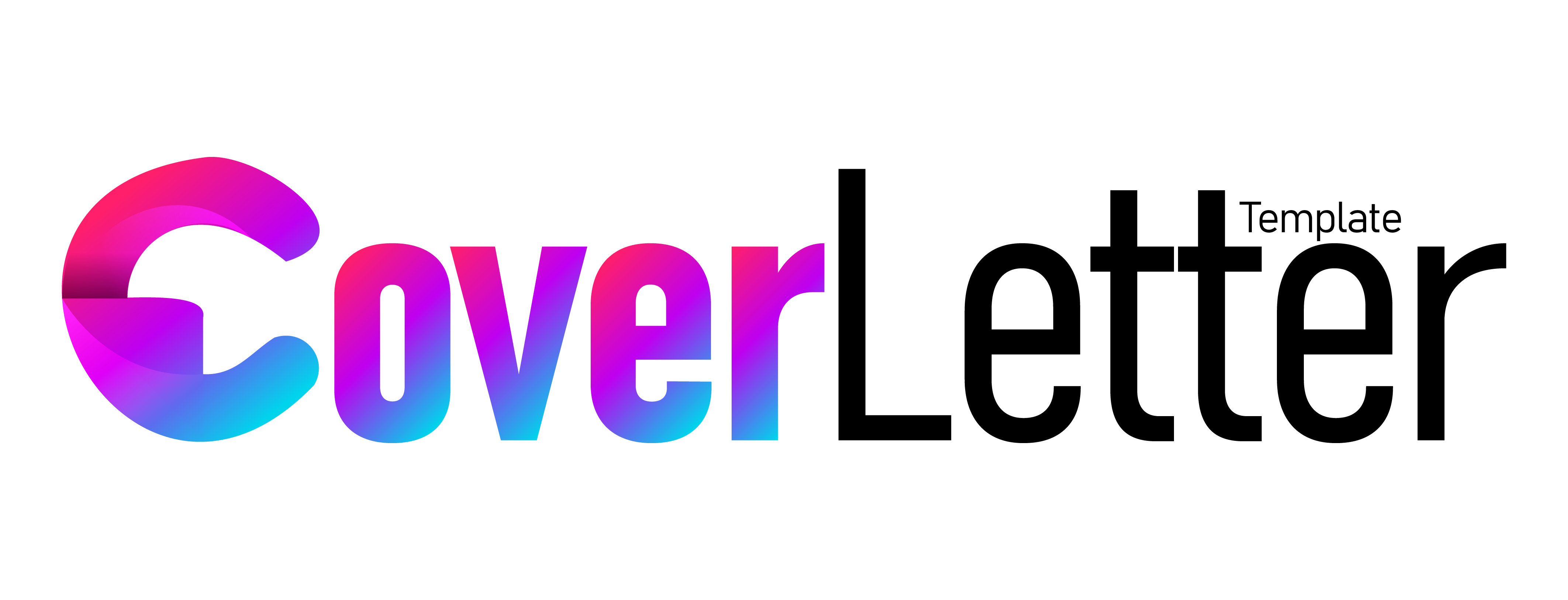Compliance with HIPAA guidelines is a foundational element in the healthcare industry, ensuring legal adherence and ethical responsibility. Navigating compliance with HIPAA guidelines during medical insurance verification is crucial for maintaining patient trust and avoiding costly penalties. Proper verification processes ensure accurate insurance information and protect sensitive patient data.
By integrating secure systems and adhering to HIPAA standards, healthcare organizations can streamline operations while safeguarding privacy. Providers must focus on meticulous documentation, robust employee training, and regular audits to comply effectively. A clear understanding of the verification process enhances decision-making and improves patient satisfaction.
The Importance of HIPAA Compliance in Insurance Verification
HIPAA compliance sets the standard for protecting patient information during insurance verification. These guidelines emphasize confidentiality, data accuracy, and secure communication. While compliance may seem complex, it is vital for maintaining trust and credibility in healthcare services.
Healthcare facilities often evaluate their procedures to enhance efficiency and adhere to legal standards. For further insight into improving workflows, understanding how the health insurance verification process works can offer practical strategies for compliance.
Best Practices for Ensuring Compliance
Adopting best practices is integral to maintaining HIPAA compliance during medical insurance verification. These practices provide a structured approach to managing sensitive patient data while ensuring legal adherence. By implementing systematic measures, healthcare providers minimize risks and foster workflow efficiency. Ultimately, these efforts build trust, reflecting a commitment to patient privacy and high-quality care.
Maintain Secure Technology Systems
Deploying secure systems is non-negotiable in HIPAA-compliant insurance verification. Technologies like encrypted software safeguard sensitive patient data during verification steps. Additionally, access controls limit system entry to authorized personnel, adding another layer of protection. Implementing these measures reduces risks and simplifies the compliance process.
Train Employees on HIPAA Guidelines
Employee training is a key factor in achieving compliance. Staff should be regularly educated on recognizing potential violations, handling patient data responsibly, and reporting breaches as needed. Through training programs, they gain the knowledge to address privacy concerns effectively.
Efforts like these ensure that the entire organization is well-prepared to comply. For more insights, check out this helpful resource on challenges in insurance verification and how to overcome them, which addresses compliance-related roadblocks to improve their overall verification processes.
Regular Audits and Reassessments
Auditing internal systems regularly can help healthcare providers identify areas of improvement. Assessing verification logs, communication channels, and data storage methods ensures continuous adherence to HIPAA standards. Regular audits also provide opportunities to implement corrective actions for any observed lapses. These proactive practices help mitigate potential risks before they escalate into more significant issues. By focusing on regular evaluations, organizations can stay ahead in their compliance efforts and reduce vulnerabilities.
Focused Patient Communication
HIPAA compliance extends to transparent and secure patient communication regarding their insurance verification. Healthcare organizations should provide patients with clear information about how their data is used and stored. Fostering open communication builds trust and reduces confusion. Additionally, clear communication empowers patients, making them feel more valued and engaged in their healthcare decisions. This level of transparency strengthens the connection between patients and providers, enhancing the overall care experience.
Conclusion
Ensuring compliance with HIPAA guidelines during medical insurance verification protects sensitive data and bolsters healthcare providers’ credibility. Organizations can enhance operational efficiency and patient satisfaction by leveraging secure systems, fostering thorough training, conducting regular audits, and prioritizing clear patient communication. These practices are essential in demonstrating a long-term commitment to maintaining compliance and earning patient trust. By prioritizing these strategic actions, healthcare providers can set the foundation for sustainable, ethical, and compliant operations. Taking these strategic steps ensures a solid foundation for long-term compliance.








